Sawfish gene-pool
Not only the most distinctive feature of a sawfish, the prehistoric-looking saw also contains vital information. By analysing samples from around the world, Nicole is investigating the genetic health of largetooth and green sawfishes and will estimate how much genetic diversity was lost during the declines sustained by these species.
I grew up in a small town in Michigan on the ‘salt- and shark-free’ coast of Lake Superior. I lived more than 1,000 miles from the ocean, yet ever since I can remember I have been fascinated by marine life. At the age of 17 I travelled to Belize and came face to face with sharks and rays for the very first time. I returned home from that trip more determined than ever; I was going to become a shark biologist. A few years later I moved to Australia and attended Murdoch University, earning a double degree in marine science...
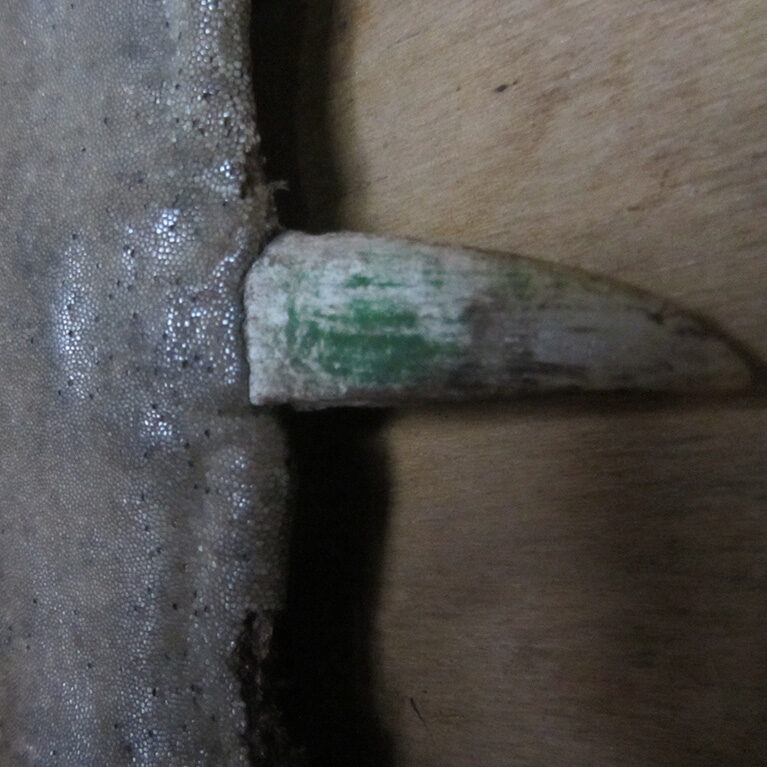
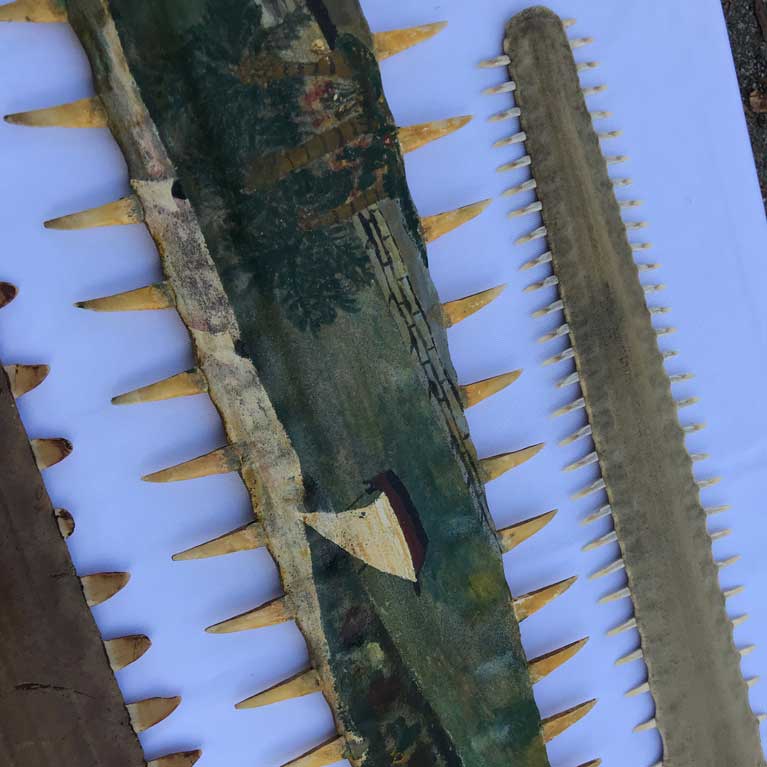
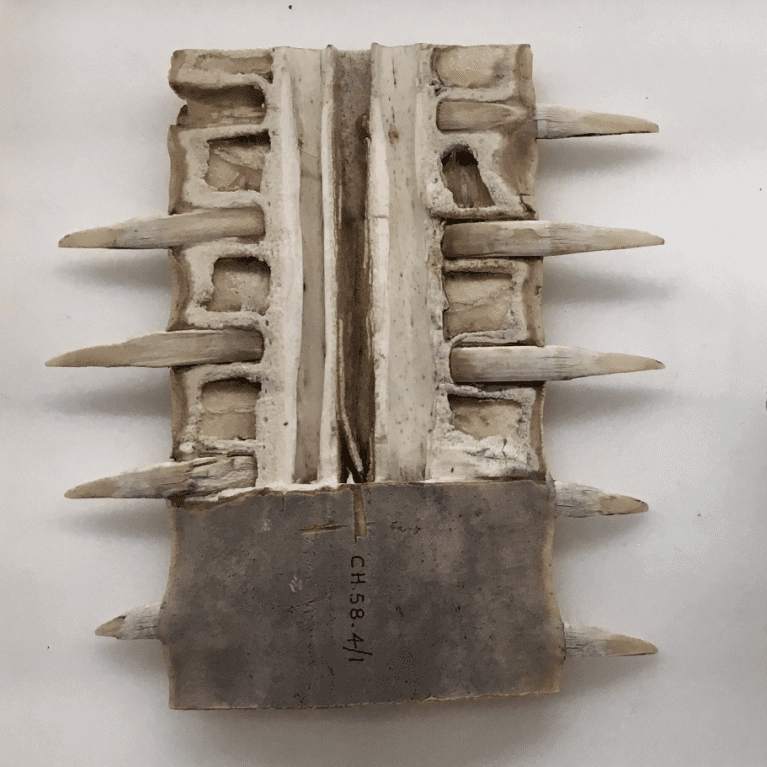

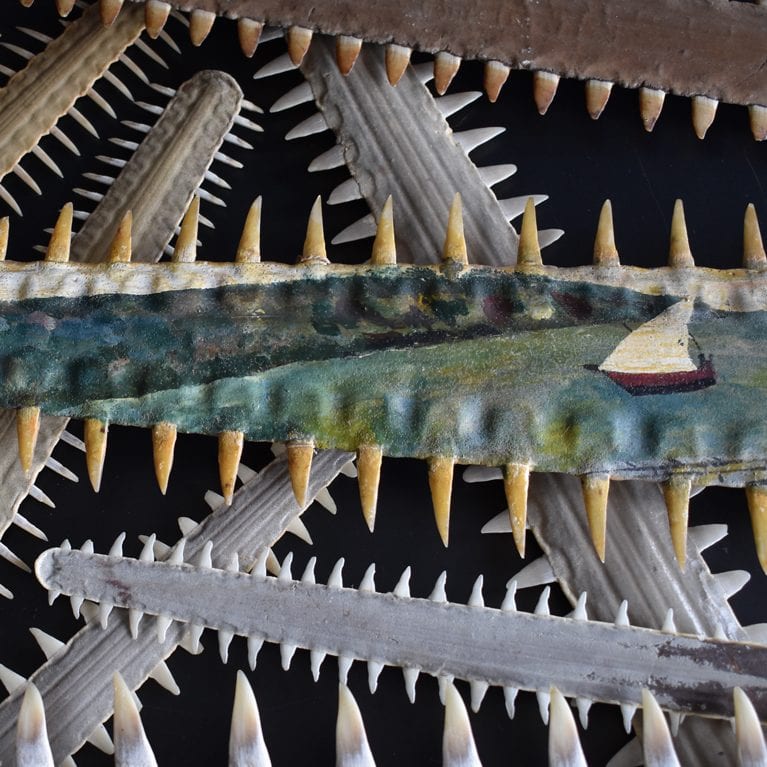
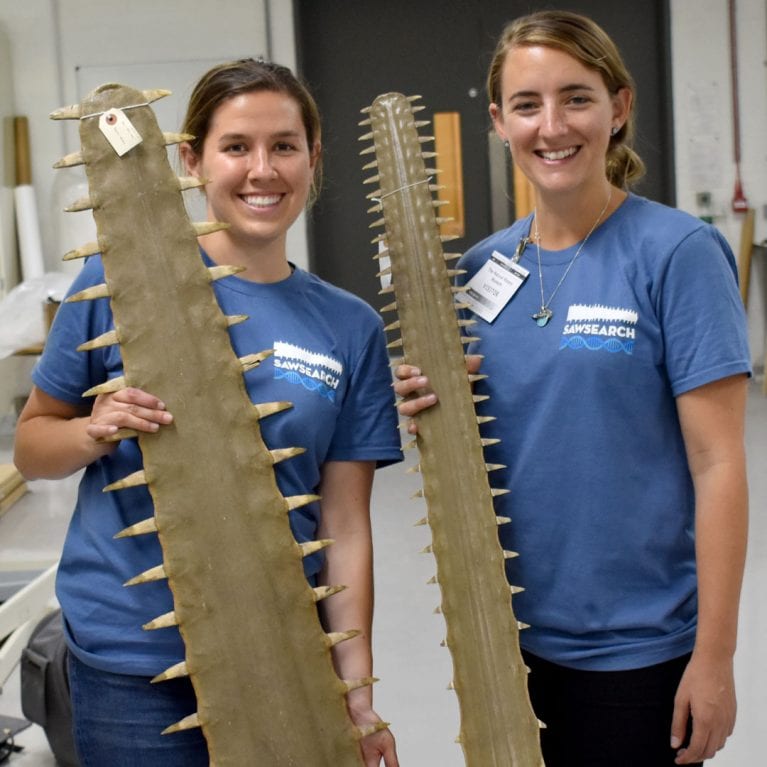

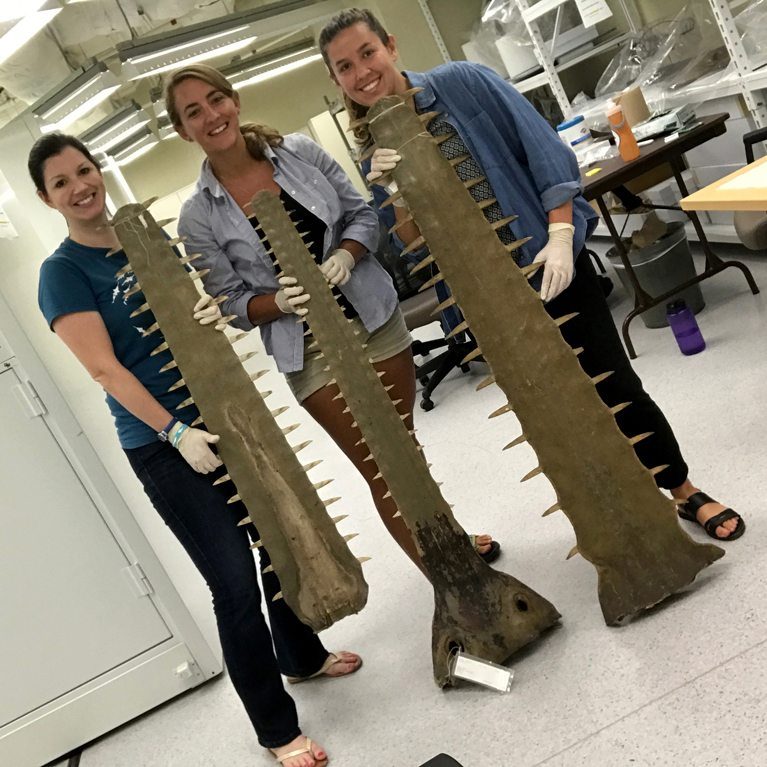
Comparison of levels of genetic diversity in historic and contemporary sawfish populations
The aim of this project is to assess whether there has been a recent loss of genetic diversity in largetooth and green sawfishes over the last ~100 years.
The long-term recovery of sawfishes is dependent upon populations being large and genetically diverse enough to adapt to changes in the environment, resist disease and avoid inbreeding. Estimates of levels of genetic diversity for contemporary sawfish populations have been used as a proxy for the ‘health’ of sawfishes (Chapman et al. 2011; Phillips et al. 2011). However, these estimates are not very meaningful without knowledge of the levels of genetic diversity in historic populations. If levels of genetic diversity in contemporary populations are severely reduced from those of historic populations, the conservation of genetic diversity in remaining populations should be a high priority. Alternatively, if there is no evidence of a substantial loss of genetic diversity over time despite declines in abundance, then the long-term outlook for sawfish is likely to be good.
Sawfish are considered the most endangered of the elasmobranchs, having suffered globally from declines in range and abundance. However, poor historic catch records for sawfishes make it difficult to quantify these declines. Historically, the largetooth sawfish was widely distributed in the Pacific, Atlantic and Indian Oceans. Largetooth sawfish have undergone large, but unquantified, declines in range and abundance. Consequently, ‘viable’ contemporary populations are believed to be limited to northern Australia, although they may still occur in some areas of Brazil. The green sawfish was historically found throughout the Indo-West Pacific, and like the largetooth sawfish, ‘viable’ contemporary populations are thought to be restricted to northern Australia. However, small populations of green sawfish may persist in the Red Sea and Persian Gulf. While it is widely accepted that these species have suffered from substantial declines in range and abundance, the impact of these declines on the health of extant populations is largely unknown.
Populations that have suffered from drastic declines in range and abundance, such as those experienced by sawfishes, are typically at risk of having reduced or low levels of genetic diversity. This is because when individuals are removed from a population (especially if removed prior to breeding) at a high rate, their unique genetic makeup is lost. Rare genetic variants, i.e., rare alleles, are lost rapidly during population declines due to their inherently low frequency in the population and stochastic processes. Populations with lower levels of genetic diversity may be less ‘fit’, more susceptible to disease, and less able to adapt to a changing environment. Very small populations also have an increased risk of inbreeding, which could lead to birth defects and genetically ‘unhealthy’ populations.
Levels of genetic diversity have been assessed in contemporary populations of all four Pristis sawfishes (Chapman et al. 2011; Phillips et al. 2011, 2016; Feutry et al. 2015). Given that the evidence for population declines is largely anecdotal, it remains uncertain whether the observed levels of genetic diversity in contemporary populations have been maintained over the last ~100 years or if they are severely reduced from historic levels. The most direct way to address this uncertainty is to compare the levels of genetic diversity in contemporary populations to those in historic populations. For many critically endangered species, this is not possible. However, for sawfishes, historic dried rostra held in public and private collections provide a means to study historic populations via the DNA that remains in the tissues. The DNA contained within the tissue of sawfish rostra tend to be in low quantity and quality (small, broken fragments of DNA) when compared to contemporary tissues preserved for DNA analysis. Because the DNA is of such poor quality, contamination by contemporary and non-target DNA is a major concern and stringent laboratory protocols are required to ensure authenticity of the results. Nevertheless, the data that can be obtained from such an approach surpasses other methods used to infer the genetic composition of historic populations.
- Obtain tissue samples from ~125 sawfish rostra.
- Develop improved methods to extract, amplify and sequence DNA from sawfish rostra, including genetic marker development.
- Generate DNA sequence data from sawfish rostra.
- Adhere to data quality controls when working with historic samples by replicating 15% of the assays.
- Compare genetic data for historic and contemporary samples to determine whether there has been a loss of genetic diversity (data analysis).

